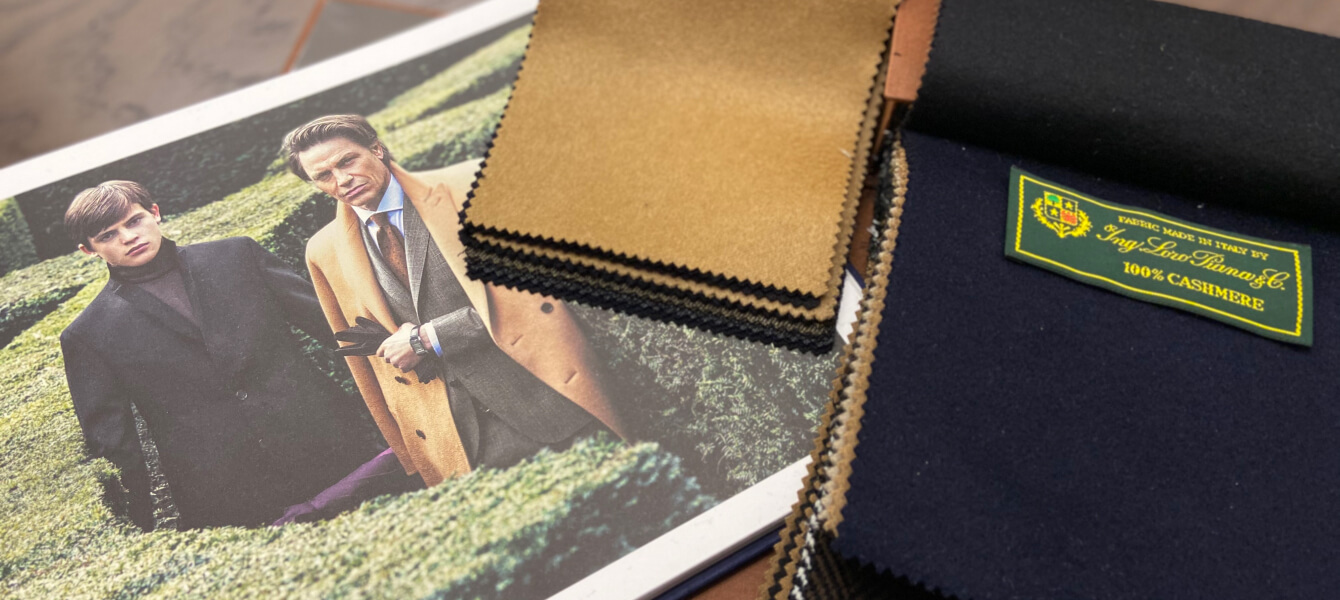Average thickness of coating fabric is 800 g/m, other costume fabrics have 250 g/m. Coating fabric is perfect for creating coats for late autumn and early spring. However, you shouldn’t rely on this coat in winter season in Russia. Camel’s wool, cashmere, vicuna wool and alpaca wool are good for producing coating fabric.

Of the two types of camels, Bactrian gives the best wool. This animal’s wool greatly protect form sudden temperature jumps, strong winds, sand and dust storms. The coat of a camel is non-uniform. It is composed of outer hair and an inner layer of soft, warm “fluff”. Of course fluffy undercoat hair is more appreciated. Fortunately, camel has quite a lot of this fluff (80-85% of the total of camel’s wool or 4-9 kg per animal).
Camel’s wool has unique characteristics:
- It is more durable than other types of wool.
- This wool has heating properties
- Difference between camel’s wool and other types of wool it is that the first one is hypoallergenic
- Lanolin which is the part of wool penetrates the skin, providing a great healing effect.
- Camel hair is not electrified and better than others relieves static stress, has the ability to repel dust.
- Protects a person from electromagnetic fields
- Wool is very hygroscopic. Thanks to structure of wool fibers, it perfectly conducts air.
Camel wool fabric is one of the favorites for coating fabrics. Not as famous as vicuna or cashmere but camel wool fabric has some unique properties that are opened up during wearing. First of all, the fabric not only does not let the cold wind through, but also has warming properties. Second, camel wool fabric is twice as lighter than other coat fabrics. Third, thanks to structure of wool fibers, this wool is almost uncontaminated; owner of a camel wool clothes is a rare customer of dry cleaning. And, what is the most important thing, camel wool fabric has the highest properties of wear resistance and durability; a coat of this fabric will serve you a very long time.
100% cashmere
Fabric created from fluffy undercoat hair of rare Himalayan goats. High price of cashmere fabric is fueled by raw material production technology. One goat gives an incredibly small amount of fluff, thus, about ten animals need to be combed out for one meter of cashmere fabric. The fluff fibers are incredibly thin: it is about 15 microns (the thickness of a human hair is 50 microns), therefore, specialized equipment is used to weave them.
Rare varieties of Vicuna, Guanaco, Mink or Chinchilla wools are often added to expensive and high-quality cashmere.
Vicugna – fabric from Vicuna wool.
Vicuna is a small humpback camel located in harsh conditions of the highlands. Vicuna wool as camel and alpaca wools have all properties of high-quality wool: hygroscopicity, thermoregulation, lightness, comfort. In connection with hard work of collection of the raw material and, most important, paucity of vicuna, the wool is the most expensive. Today you can meet it in blended fabrics with elite cashmere.
Alpaca is alpaca’s wool
Alpaca — cloven-hoofed animal, descended from vicuna. Alpaca’s wool is much warmer and twice as lighter than sheep and goat (cashmere) wools. Thanks to unique properties, fabric is uncontaminated, waterproof, and also is not deformed after some time.
Types of animal fur:
- Royal alpaca. For sewing a coat
- Baby alpaca. Soft material for club jackets
- Lining premium gloves also made from Alpaca wool







